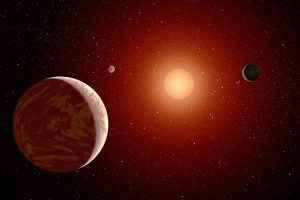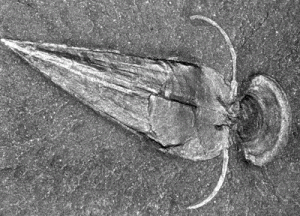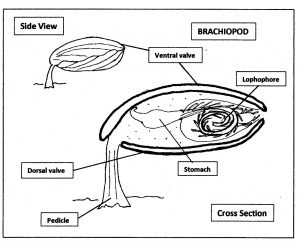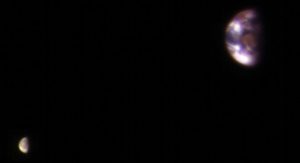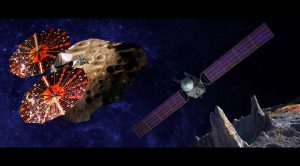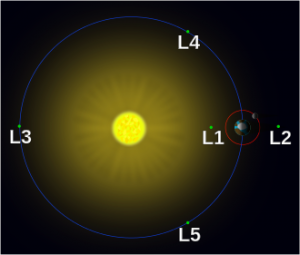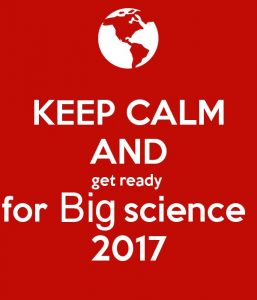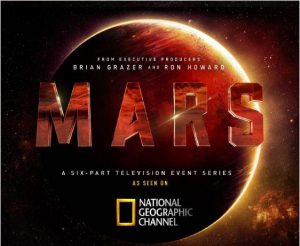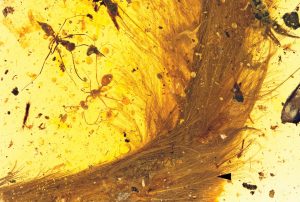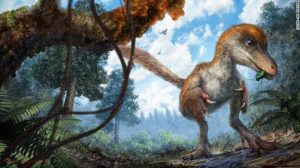Last night my local PBS station broadcast the latest episode of their long running program ‘The American Experience’ covering the life and work of the noted naturalist Rachel Carson. Now, American Experience deals in history and biography rather than science but Rachel Carson is certainly worth a post on a science blog. I will however concern myself more with Ms. Carson’s work rather than her life story. For anyone interested in Rachel Carson’s struggles against numerous personal tragedies I heartily recommend the episode.
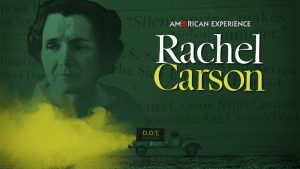
Sitting here right now with my copies of ‘The Sea Around Us’ and ‘Silent Spring’ at my side I can recall growing up in the 60’s when Rachel Carson’s work was new, revolutionary and hence very controversial. Science and nature were very important in my family so I read Ms. Carson in high school. I have to admit I liked “The Sea Around Us’ better than “Silent Spring’ back then.
The idea that something that was clearly beneficial in the short term may in fact be harmful in the long run was a difficult concept for some people to grasp, as it still is. Ms. Carson herself recognized the advance in public health that pesticides such as DDT had provided. In World War 2 DDT had saved thousands of our soldiers from diseases such as Malaria, Typhus and Yellow Fever and shortly after the war it succeeded in eliminating Malaria and Yellow Fever from the SE United States. Rachel Carson never argued for the elimination of all synthetic pesticides but rather their careful use along with more exhaustive studies into their long term effects.
Of course there were powerful vested interests who opposed Ms. Carson and the other naturalists studying civilization’s impact on the natural world. Let’s be honest, this is a political fight that’s still in progress and the eventual victor is not yet clear.
Maybe I can make a analogy that even the most extreme anti-environmentalist can agree with. A rifle can be a very useful device, you can obtain food with it, you can protect yourself with it, you can even have fun just seeing how well you can shoot with it! But if you’re not careful when you’re cleaning it you can blow your bloody head off. That doesn’t make you a good conservative it just makes you really, really stupid.
Today we remember Rachel Carson for her influence on the beginnings of the modern environmental movement and in some ways I think that distorts her place in the history of science. I think, if you take a step back you can see how Ms. Carson was herself influenced by such scientists as Charles Darwin and Charles Lyell, both proponents of gradualism who studied the world in the long term. Then you can see that Rachel Carson is not so much revolutionary as evolutionary. Of course there are some people who find that word even more distasteful.
Over the next few years I’m afraid that Rachel Carson’s work is going to become even more important as our current government does all it can to poison the Earth in the pursuit of larger corporate profits for the rich and famous. They may win you know, I do think human ingenuity is capable of producing a world with only man, his pets and his parasites. It will be an ugly world however.
That’s my opinion, what’s yours?

